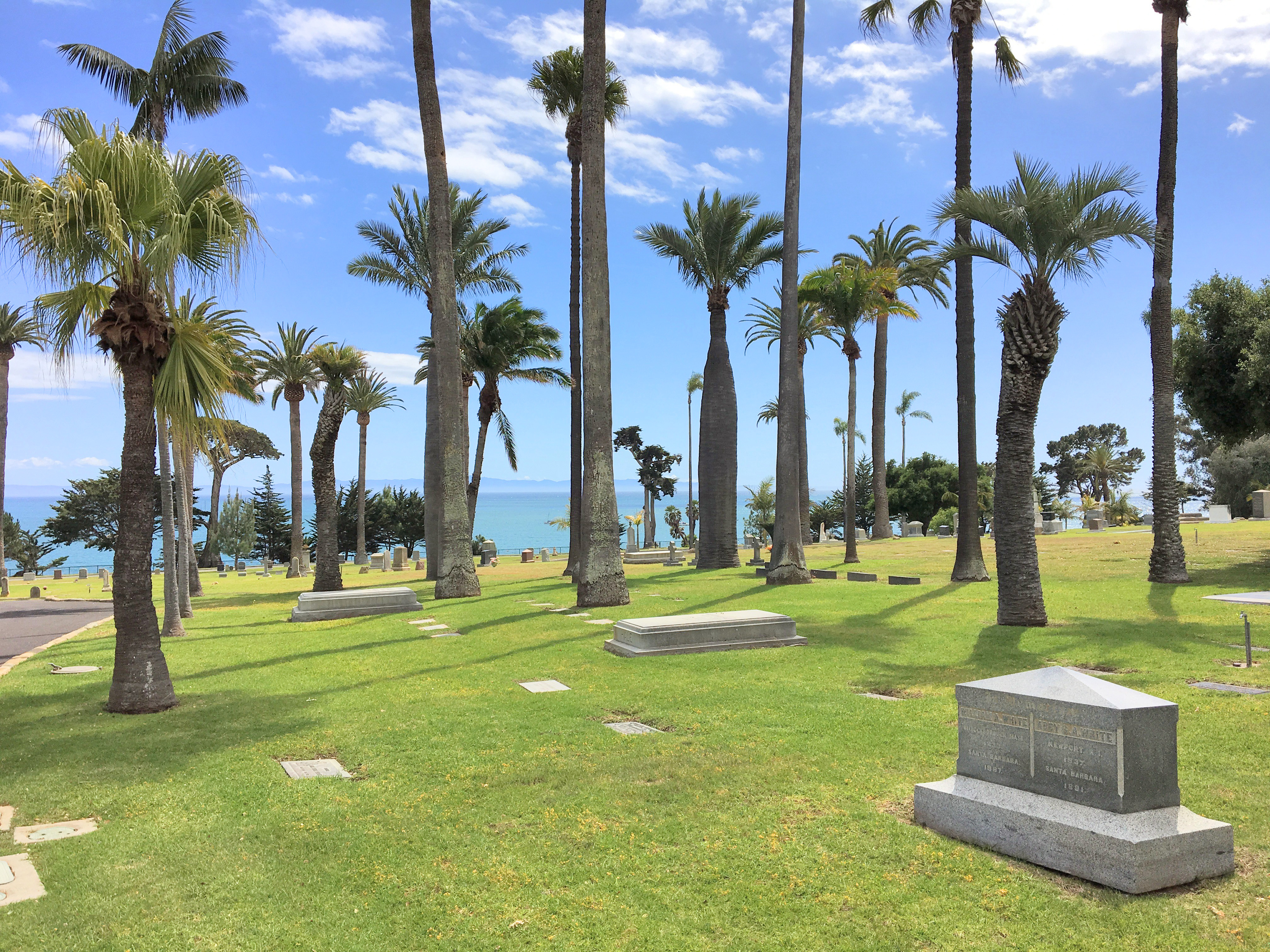Montecito Takes a Step Toward Recycled Water
Within 18 Months, Cemetery Will Be First Customer, Officials Say

On the heels of a severe drought and years of water rationing, a longstanding plan to provide recycled water for the vast lawn at the Santa Barbara Cemetery is finally gaining some momentum.
At a joint committee meeting this week, members of the Montecito Water and Sanitary District boards and staffs tentatively agreed to collaborate on recycled water for the cemetery, with the Sanitary District taking the lead.
The Sanitary District will pay for and build a small, expandable plant on its property at 1042 Monte Cristo Lane, treating wastewater to non-potable standards for irrigation on the five-acre cemetery lawn, just across Channel Drive from district headquarters. The project has been in the Sanitary District’s master plan since 2004, awaiting a willing partner in the Water District.
“We can actually make this happen,” Tom Bollay, president of the Sanitary District board, said Monday. “From a community point of view, that’s huge.”
The cemetery project is expected to cost about $3 million, including design and environmental review, Sanitary District officials say; the money will come from district property tax revenues. Construction, they say, could begin as early as the spring of 2020, with the project coming online during the winter of 2021. The Water District wants to be the distributor — that is, it would own and operate the “purple pipe” for the recycled supply.

Monday’s meeting struck a cautious note of unity in what has been a yearlong and often heated discussion between the two Montecito districts over how quickly to move forward with recycled water, how much to recycle, which commercial properties should get the water, and who’s in charge.
On Monday, both parties agreed that the Water District would take the lead in designing, building, and paying for a larger recycled water project, potentially serving the Birnam Wood and Valley Club golf courses on East Valley Road.
Alternatively, the Water District has been studying whether, beyond the cemetery, recycled water could be treated to a higher standard and injected into Montecito’s shallow groundwater basins — a $32 million project. A geological assessment of the storage capacity in the underground basins is expected to be released later this month.
“I think at the highest level, we share the same goals,” Brian Goebel, a Water District board member, said on Monday.
Last month, the sanitary district installed a $160,000 pilot recycled water project that will be used to flush out the sewer lines and water district landscaping. Effectively, the pilot is the first recycled water project in Montecito. Beginning early next year, the district will test the quality of the pilot supply on two acres of cemetery lawn.
State law requires public agencies to use recycled water on parks, golf courses, and cemeteries if it is readily available at a reasonable cost. The Santa Barbara Cemetery, one of the Montecito Water District’s largest customers, would require between 60,000 and 80,000 gallons of recycled water daily.
Goleta and Santa Barbara have been using non-potable recycled water on parks, schools and golf courses for more than 25 years. But many past Montecito water boards opposed the idea, citing concerns for cost and potential health risks.
During the recent seven-year drought, facing stiff penalties for over-watering, Montecitans voted in an all-new water board that was backed by more than $120,000 in donations, including significant contributions from golf course members. The candidates pledged to provide “water security” with local supplies, including recycled water.
But it’s not a panacea. Montecito is a community of big estates, resort properties, and one-acre lots, and most of its water goes to keep the landscaping green. As a result, Montecitans are some of the highest per-capita water users in California. Only about 10 percent of their water is used indoors and can be captured through the sewer system for recycling.




You must be logged in to post a comment.